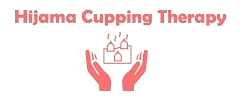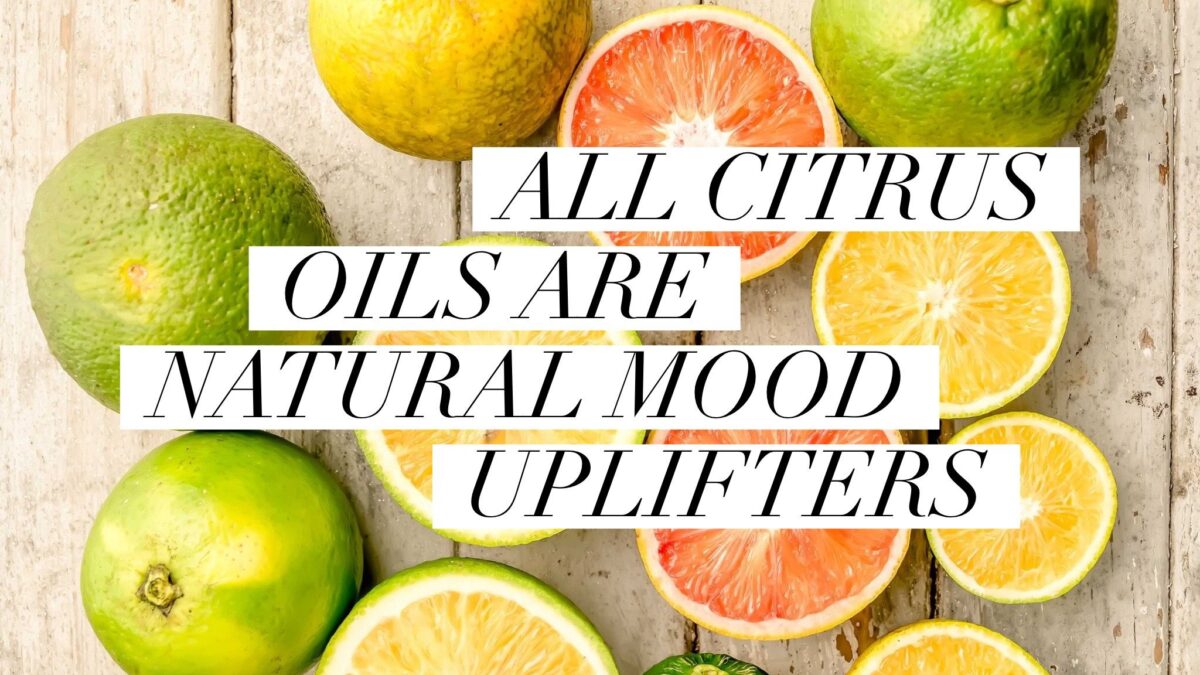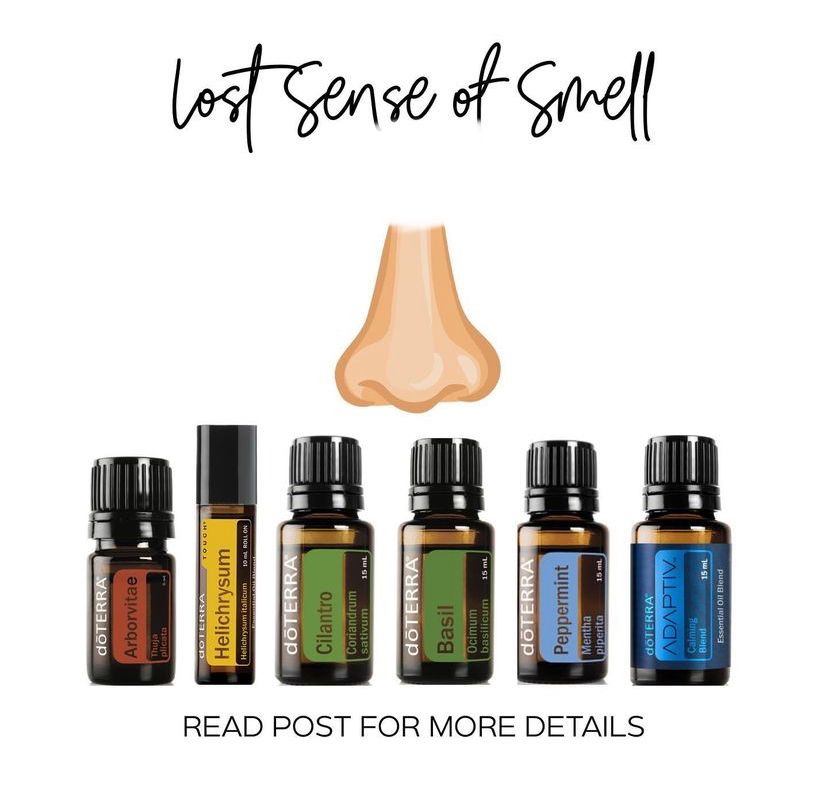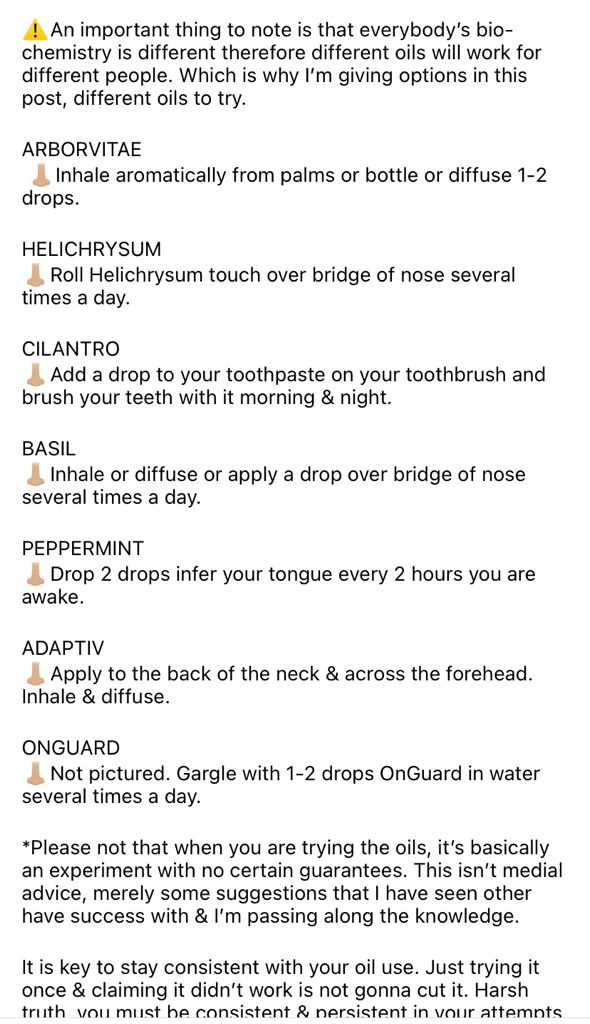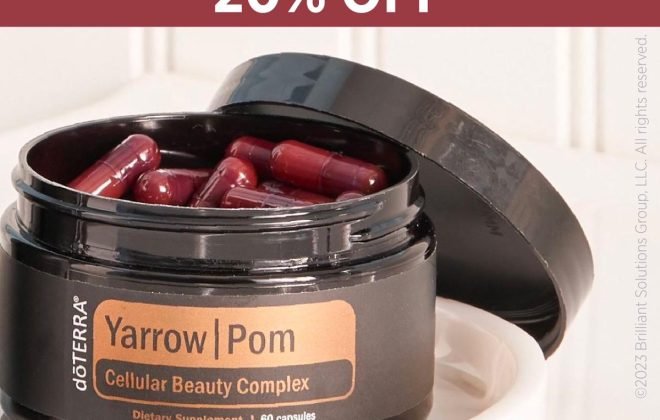DōTERRA Essential Oils
My boys got excited knowing one of their fav basketball players uses DōTERRA 😅 🏀 🏀🏀🏀👍🏼
Essential oils impact the olfactory system of the brain … the area right behind the nasal cavity. This region directly influences the mid-brain, the limbic system (as the video explains) where are emotions and memory are mostly stored. The smell can certainly impact your memory of scents and that can impact emotion (as the video describes). But what’s also happening when you inhale essential oils that are pure is that your brain responds by allowing the chemistry of the oils to influence neurochemical activity. This doesn’t happen if you breathe in a nice smelling synthetic compound. It only happens when the pure, essential oil compound hits the brain. Remember, we are made from the same compounds that our plants are made from and our brain knows it! That’s why most essential oils that are pure can cross the blood brain barrier (synthetics don’t do this). This is so exciting because if you’re experiencing a stressful situation, you can use essential oils and immediately they can have impact! There’s nothing else on the market that can influence the brain so quickly as aromatic compounds (essential oils)!
To answer some of the questions that have come up already in this group unrelated to mood:
*Hypertension
consider LLV, lavender, and ylang ylang
*Diabetes
consider LLV, cinnamon, coriander
*Skin
consider LLV, doTERRA’s skin care system, frankincense, lavender
*Infertility
consider LLV, DDR prime, doTERRA’s cleanse and restore system, grapefruit in water, and clary sage, clary calm/solace, geranium massaged over abdomen
*Cholesterol
consider LLV, lemongrass and cinnamon internally
*Blood Sugar
consider LLV, cinnamon internally and slim and sassy/smart and sassy in water regularly
*Thyroid Function
consider LLV, clove and lemongrass (internally), and myrrh topically on throat
It is very important that you buy your essential oils from a reputable company that is transparent (shares test results). Adulteration is a major problem in the essential oil industry and consumers risk buying a poor quality or adulterated essential oil if they don’t have access to test results per batch.
A recent study evaluated commercially available samples of neroli, mandarin, and bergamot essential oil. The results were revealing:
- Only 1 of 9 neroli EO samples met quality standards (met the expected composition of the EO) and at least 4 showed signs of adulteration
- Only 1 of 11 mandarin EO samples met quality standards and at least 4 showed signs of adulteration
- Only 1 of 11 bergamot EO samples met quality standards and at least 2 showed signs of adulteration
Based on these results, only 9.7% of the samples were high quality and met the expected composition of the oils and at least 32.3% were adulterated.
https://www.ncbi.nlm.nih.gov/pmc/articles/PMC8160360/
Here is just some of the research: https://www.ncbi.nlm.nih.gov/pmc/articles/PMC3612440/
Categories
- Certification (1)
- Forms (1)
- Health & Wellness (99)
- Inspiration (2)
- Meet Me (1)
- Uncategorized (5)

